Cloverwall
Cloverwall is a town in Medial C6. A comparatively rural community under the authority of the Commonwealth of C, Cloverwall was the utopian brainchild of exectives at Data Engines Limited who believed that they could create a perfectly efficient society based around the power of dieseltech computer technology and communal sociopolitical concepts.
Like all such utopian projects under the Manifold Sky, the planned society of Cloverwall eventually collapsed because its ideological underpinnings were at odds with human nature. The resulting civil insurgency required intervention by local Commonwealth Regular Forces, but, by the time order had been restored, the founders and their cohort had been fully extirpated from the town. Cloverwall as a municipal center persists into the present era, but as a more traditionally organized town rather than what it was once intended to be.
Demographics
Coverwall's founding population was overwhelmingly of Commonwealth Elovisian extraction, being drawn from municipalities like Register where Data Engines Limited held considerable sway. Elements of the Cloverwall Community Plan tended to appeal towards a certain demographic of young, educated progressives within the greater Commonwealth, but also tended to repel the more conservative-minded New Voxelian and non-human immigrant cohorts; Rostran immigrants, in particular, were abjured by the Plan's reimagining of the family structure. Furthermore, as DEL projects are often the subject of national security scruitiny due to their nexus with encryption, proprietary industrial processes, and the production of war materiel - including the famous DEL-1 "Concertina" Support Auto-Armor - the municipality tended to attract residents that already had some connection to the overwhelmingly Elovisian Commonwealth central government and academic apparatus. For these reasons, even in the aftermath of the insurgency (see History), Cloverwall's population remains even more homogeneous than the rest of the Commonwealth with regards to its demographic makeup.
Government
The original government of Cloverwall was a board of administrators known as the Cloverwall Civic Authority. This board was staffed half with elected public representatives and half with founders - mostly representatives of Data Engines Limited, the company responsible for the charter and initial funding for the 'Cloverwall Community.' Notably, while meetings of the CCA board were conducted in a public forum and gave the illusion of communal consent for government actions, the DEL representatives had an outsized influence as a result of their 50% stake in local public affairs. Thus, anything the DEL founders wanted was only ever a single flipped representative away from being enforced as law within Cloverwall - a state of affairs that would ultimately bring the Cloverwall Community era to an ignominious end (see History).
Industry & Trade
Cloverwall has ample enough food production (see Natural Resources) to provide for its own sustenance should the need arise, though much of it in the present day is dried and baked into rations ultimately destined for the Coalition Defense Forces. Since the townsfolk drove out most Data Engines Limited employees during the insurgency (see above) and have regained little fondness for that corporation, the old dieseltech foundries have since been repurposed to produce other products, especially munitions for the war effort. Some of the precision machine shops that originally built dieseltech computer components for DEL have since contracted their services to the profitable - if morally dubous - endeavors of Tiberius Djanzer and his company, Djanzer Mechanics CrMH.
Infrastructure
Cloverwall's most notable infrastructure when viewed from above is its road network. The entire town is arranged around a circular ring road one mile in radius, three lanes wide, and lower than the rest of the surrounding fields. A set of four three-quarters ring roads project from this central ring road in close packing with one another, forming the iconic clover shape of the town. These four outer loops are connected to the central loop such that any part of town can be reached by only taking right-hand turns at intersections. The central neighborhoods and green space can be reached by on- and off-ramps that take the driver over the loop. Because all traffic proceeds counter-clockwise on the central loop and clockwise on the outer loops, there is almost no oncoming traffic except on the road to Vivaldi Peak; when oncoming traffic cannot be avoided, roundabouts are created to prevent the need for signals or right-of-way beyond yielding to traffic already in the circle.
While the arrangement of Cloverwall's roads is aesthetically pleasing and was ostensibly designed to increase safety and efficiently, it can sometimes be difficult for drivers to figure out how to get from one part of town or another. This is because missing a turn means that one has to go all the way back around whatever loop one is on, as there is no means of going against prevailing traffic or making a simple left-hand turn in most places. 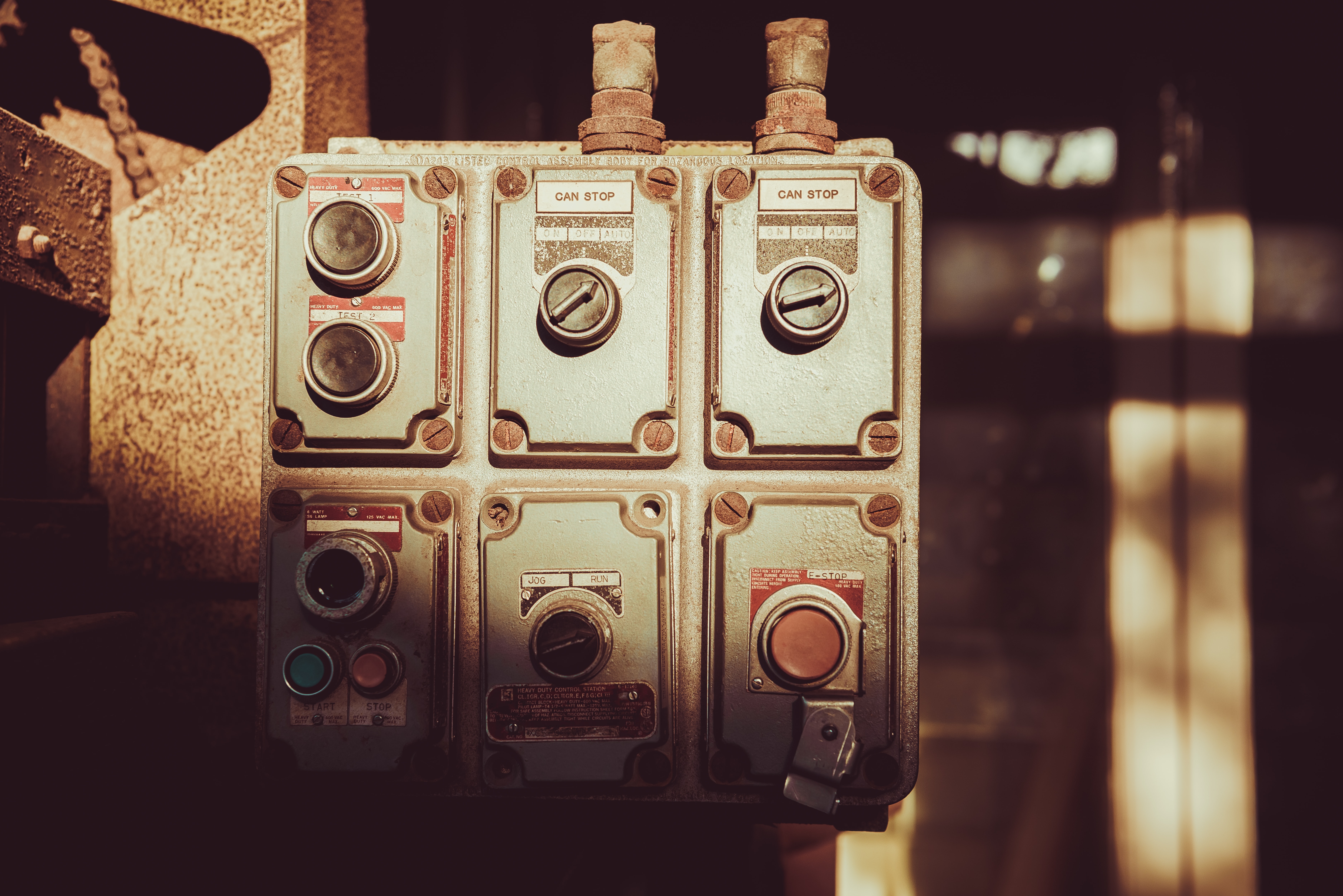 The single road out of town - heading from the central loop directly towards Vivaldi Peak over an edge mountain pass - does bifurcate one of the outer loops, which can help one in orienting oneself on Cloverwall's roads. As roundabouts are somewhat uncommon elsewhere within the Coalition of Breakaway Colonies, visitors from other parts of the Coalition are often confused by the social ettiquete around yielding - an emergent behavior on the part of locals, not a law that is formally enforced.
Cloverwall features extensive telephone coverage, a powerful RadNet relay, and a municipal autonet that is among the most advanced in Coalition territory. Large portions of the autonet have fallen into disrepair since the fall of the Cloverwall Civic Authority (see History) and the subsequent loss of local favor with Data Engines Limited, the original service provider. Still, autonet coverage on the scale of Cloverwall has only previously been attempted in Register and Bunker Primus, and what parts of the Cloverwall municipal autonet still function properly are among the most precise and efficient for their type.
The single road out of town - heading from the central loop directly towards Vivaldi Peak over an edge mountain pass - does bifurcate one of the outer loops, which can help one in orienting oneself on Cloverwall's roads. As roundabouts are somewhat uncommon elsewhere within the Coalition of Breakaway Colonies, visitors from other parts of the Coalition are often confused by the social ettiquete around yielding - an emergent behavior on the part of locals, not a law that is formally enforced.
Cloverwall features extensive telephone coverage, a powerful RadNet relay, and a municipal autonet that is among the most advanced in Coalition territory. Large portions of the autonet have fallen into disrepair since the fall of the Cloverwall Civic Authority (see History) and the subsequent loss of local favor with Data Engines Limited, the original service provider. Still, autonet coverage on the scale of Cloverwall has only previously been attempted in Register and Bunker Primus, and what parts of the Cloverwall municipal autonet still function properly are among the most precise and efficient for their type.

by Darke Lv
Districts
The five loops of the Cloverwall road network (see Infrastructure) divide the town into five districts. The inner extent of the central loop is a dense residential district which, in turn, encircles a large park known as Cloverwall Green.
The outer loops are named first through forth in counterclockwise order, the first being the loop bisected into an lower and upper district by the roads leading into and out of town. Town hall sits at the end of the dense commercial and administrative avenue formed by this bifurcation of the First Loop District, which is otherwise zoned for commerce.
The Second Loop District is zoned for industry and features the town's airship landing field. The outermost curve of the Second Loop contains the municipal water and waste treatment facilities.
The Third Loop District is zoned for light commercial activities. Recreational facilities, including the local Burning Hearts pub after the collapse of the Cloverwall Civic Authority, tend to be clustered here rather in the denser, more touristy First Loop. Hidden away behind the Third Loop's tree belt lies the entrance the the local agri-mine complex, a remnant of long played-out gold mines. Exploring abandoned mine entrances in this area is strongly discouraged, as there remain unexplored extents of the old mines rife with deadfalls, pools of acid mine runoff, and pockets of unbreathable gasses.
The Fourth Loop District is a light residential district. Originally intended to showcase the best of Elovisian residential architecture, the obvious contrast in socioeconomic conditions between residents of this area and the Central Loop District - in spite of the founders' stated ideals -was one of the catalysts for civil unrest that toppled the Cloverwall Civic Authority.
History
Foundations
The central conceit of the Cloverwall Project was the creation of a society fully optimized through a combination of sociopolitical collectivism, clever civil engineering, and the integration of all activities with a city-wide autonet. It was thought by the founders - including several DEL executives, professors from the Commonwealth Technical Institute, and Commonwealth philanthropists - that dissolving the socioeconomic and familial distinctions between people in a community would, in combination with science, bring about a society of peak peace and efficiency within the bounds of human capability. To this end, a plot of land was purchased and cleared for the purpose of establishing a rural, isolated community where this conceit could be put to the test: the municipality of Cloverwall. Infrastructure construction was completed and the founding charter officially ratified in the spring of 9,969 AR. 5,000 volunteers were selected to participate in the experiment that was the Cloverwall community. Per the community charter, participants were to be paid for work they did in the town through a fixed, universal salary which would be managed by computerized banking services managed by the Cloverwall Civic Authority and associated bureaucracy. All costs of living, including food, water, shelter, education, and medical care, would be provided for from the resulting community fund. Each citizen would be assigned a home in one of the two residential loops alongside between one and four housemates as required by the growth of the population. Notably, no accomodations were made for family residences. Children were to be housed separately and raised by community educational services, and the only way for people (including couples) to change residences was either to get away from unliveable domestic situations or as a reward for hard work. The founders believed that this would permit new members of the community to be raised with the appropriate communal ideals while the adults would be freed from parental responsibilities to continue pursuing study, work, creative endeavors, and leisure. The charter initially called for no set public schedule, so long as all labor was completed by the end of the work day, but the influence of computerization inspired the CCA (largely at the lobbying of the DEL contingent within it) to impose an arrangment of shifts for work and personal activities. Individuals could choose to work in a profession that fell within their educational or employment experience, but those who could not would be assigned positions - often in agriculture - by the CCA.Problems
The first rumblings of displeasure among the community came from the fact that, as romantic relationships formed, children were born, and the founding generation began to age, the communal principles of the CCA seemed increasingly at odds with the desire for residents - humans - to form deep interpesonal bonds. As people were thrust into domestic relationships with others who were unfamiliar or even antagonistic towards them, finding housing arrangements where people could be comfortable became an increasingly difficult logistical problem that the CCA was ill-prepared to deal with. Cloverwall could not avoid the 'tragedy of the commons' with regards to residences in particular; the lack of a personal ownership stake over one's own home made people tend to neglect the upkeep over said home, and the CCA was forced to employ a new class of domestic workmen and janitors to deal with this issue. At the same time, because all residences were communally-owned, modifications for personal taste beyond what grew in the victory gardens were completely disallowed. As time went on, it became increasingly apparent to the public that the CCA was becoming both too centralized to uphold the illusion of democratic governance and too busy with micromanagement to be sensate to the workaday needs and wants of the average citizenry. The overweaning vision of the founders often stood in contrast to the wants and needs of significant minorities within the population. Divisions began to form between those who still whole-heartedly believed in the vision of collectivism and those who worked in dirty, uncomfortable jobs for a common goal of efficiency that seemed less and less rewarding on an individual level. The economic boons of the early years under direct DEL support was a beautiful time - even in the memories of the dissidents - but economic hardship was just as likely to be shared by the masses. The edicts of the CCA were increasingly being enforced by the levers of bureaucracy or, in extreme cases, the force of law when they clearly contrasted with the will of the people. Universal autonet access became increasinly associated in the public consicousness with surveillance and the cold, unfeeling motives of a machine rather than democratic interests. Abuses of power, especially by DEL representatives, often got swept under the rug in the name of social order. While there were chartered rules in place supporting the freedom of public expression, voicing dissent would result in derision and social ostracism from those who still clung to the founders' ideals; thus, despite the protections of the charter, public social conformity became the norm while resentment grew and simmered in private.Domestic Insurgency
The growing unrest came to a head in the summer of 9,984 AR. The 'spark' that kindled the insurgency remains unknown to this day, as many records were lost in the subsequent sack of civic buildings. Possibilities include the influence of Voxelian Bards-Recursant deep cover agents fomenting rebellion, a visit by labor activists from the Vale Toil Front to like-minded members of the unacknowledged Cloverian lower class, or organizing efforts conducted in secret amongst the citizens themselves. Whatever the case, over the course of only a matter of days, the public sentiment on the Cloverwall Project took a dramatic shift; what once appeared to a be a utopian vision for efficiency, prosperity, and equality soon appeared to be a company town run by a company store wearing the skin of a progressive social project. The 11th of Absunten, 9,984 AR, opened with a general strike in the Loop Two Industrial District. Utility, warehouse, and airship port workers took their utility skeletons out into the street to protest conditions they saw as unequal and underappreciated under the administration of the CCA. Two days later, gear-grinders uncovered records about how the CCA knew which children belonged to whom and was seeking to indoctrinate them based on the percieved level of 'anti-sociality' they might have inherited from specific parentages. This revelation outraged the public and converted many of the strikers and other dissidents the wider community into rebels, who subsequently armed themselves with raids on munitions depots and CCA security services outposts. Shops were looted, CCA offices ransacked, and DEL production lines sabotaged.Collapse of the Cloverwall Civic Authority
After a week of increasing violence, it became clear that Cloverwall security forces could no longer keep the insurgents at bay. The Cloverwall Civic Authority and many of their staunchest supporters became trapped in the First Loop District administrative offices and town hall, unable to go outside, make their way to the airship mooring masts to escape, or mount an effective counter-insurgency. Still, an encrypted RadNet message was able to get out before the local relay was captured, and DEL board members in Vivaldi Peak contacted the Commonwealth Regular Forces for aid in putting down the insurgency. When a CRF detatchment under the command of one Commander Roderico Areliov arrived in full auto-armor and armored figting vehicles, the rebels offered minimal resistance but made their presence known along side streets; the CCA would be allowed to leave, but the residents were manifestly not interested in giving over Cloverwall to those in league with the CCA, either. For his part, Areliov didn't wan't the public relations disaster that would occur should news get out that CRF soldiers had fired on civilians, even to put down an insurrection during wartime, but was prepared to come back and take the town by force if necessary once the VIPs had been successfully extracted. Instead, when Areliov and his forces entered town hall and discovered why the rebellion had occurred, his position on the situation changed significantly. He and picked men drove the CCA and their supporters to the edge of town, stripped them down to their undergarments, and forced them to go to the safety of nearby Wandel's Point on foot - a trek of nearly 20 miles along mountain roads heated in the summer sun. This act demonstrated that the detatchment had no common cause with the CCA and, thus, helped bring members of the rebellion to negotiations without further bloodshed.Aftermath and Current Events
In the aftermath of the rebellion against the CCA, former elected members of the town council held snap elections under the auspices of Areliov's detatchment to fill vacancies in the local government. The founding charter was abolished and a new one was crafted based on other Commonwealth municipalities and in harmony with the more moderate Commonwealth Constitution, signalling the end of the Cloverwall Project as a social experiment. Cloverwall's representative in the Commonwealth Parliament was recalled and replaced because of his apparent corruption in connection with the CCA. The political backlash against the CCA, as originally embodied by the insurgency, has been nearly as extreme as the CCA's vision was. Cloverwall is now significantly more dangerous because of a combination of weapons proliferation and a much-reduced legal code, with self-protection and vigilantism being seen as more reliable than the existing law enforcement response in many cases. A CRF garrison was established in the wake of the CCA's departure to help ensure that the new elected government could maintain order, but questions of legitimacy remain. Most of those residents with prior legal or political experience fled during or after the insurgency when they saw how things were changing, leaving the reconstruction efforts to a slate of relatively amateur local officials. In modern times, Cloverwall is often regarded as having more in common culturally with Craterhold than the rest of the Commonwealth, being instantly suspicious of authority and outsiders - even those of shared Elovisian descent. Plans by the Commonwealth Parliament to launch subsidies and public relations campaigns to help shore up the town council's legitimacy have been stalled by the financial constraints of war effort. Prosecutions against those who committed crimes in the course of the rebellion have also been stalled because it would play into the Grand Army of Voxelia's hands to give the appearance of division in a Coalition state. Many in the Commonwealth government are taking a 'wait-and-see' approach to the Cloverwall situation, reasoning that, with time, Cloverwall will either shrink away or achieve full sociopolitical stability on its own accord; if trends continue as they have been as of 10,000 AR, the latter is most likely to come to pass.Tourism
With the collapse of the Cloverwall Civic Authority, many of the town's old administrative and commercial buildings now constitute an open-air museum to the unique sculptural and architectural forms both of the era and inspired by the founders' utopian vision. Statue gardens at each loop interchange depict important moments in Elovisian history in general and Commonwealth history in particular, including one of the most extensive collection of science- and industry-focussed statue collections to be found in the Manifold Sky today. Creatives from abroad often come for the statuary and stay longer to enjoy the many green spaces created by the town's open layout - a rare environmental treat, given the relative aridity of the rest of Medial C.
Architecture
As in other engineered communities, such as the Manifold Conservation Society, structures in Cloverwall dating back to the CCA era are typically of heavy brick and cement construction, thougth Cloverwall structures have an adobe finish to them to match the native soil. All roofs are protected with terracotta shingles of a uniform reddish color to complete the look. Decorations tend to come in the form of molded facades or exposed structural members, such as columns upholding larger upper floors. Buildings tend to be taller and narrower than than elsewhere in the Commonwealth, allowing more structures to be placed in tighter proximity to one another without surrendering residency capacity. Structures tend to be set far back from the roadway to afford ample green space.
Geography
Cloverwall sits in a circular hay meadow roughly five miles in diameter - one of the only relatively flat portions of the otherwise hilly cube face on which it was built. The surrounding region is relatively well-forested for how arid Medial C is, but the now-defunct Cloverwall Civic Authority artificially planted this forest to greater density to enhance the sense that the town was somehow isolated from the rest of the Commonwealth and, by extension, ideas from further afield. Indeed, the name 'Cloverwall' is in refference to the intentional proliferation of trees and clover after every possible patch of Penrose fescue was eradicated during the original construction of the town's other infrastructure. The CCA also planted dense walls of trees a little ways inward from each road loop to create double-bounded green spaces within the town proper.
Climate

by Crystal Jo
Natural Resources
Numerous small streams flow down from the nearby mountains, hydrating the surrounding forest and helping to keep the town's water table relatively high compared to its environs. Even so, there are concerns that the water-hungry crops and grasses in Cloverwall are unnatural for the region and, thus, only ever a few drought seasons away from reverting back to savanna or scrublands. Aside from ruining the carefully-cultivated appearance of the town, this could have devastating consequences for local food security.
The gaps between the outer road loops were originally given over to collective farming plots, but have since been divvied up among private farmers and agricultural firms. Most of these farms produce hay, sorghum, alfalfa, garlic, or onions, though some also supplement their output with the products of apiaries, poultry coops, or pastures. The current town council permits only limited logging. While the townsfolk are happy to cast off many remnants of the Cloverwall Civic Authority's influence, they still appreciate the privacy afforded by the forests along the town's perimeter.
Founding Date
9969
Type
Town
Population
10,000 (peak)
Inhabitant Demonym
Cloverite(b)
Location under
Owning Organization
Related Plots
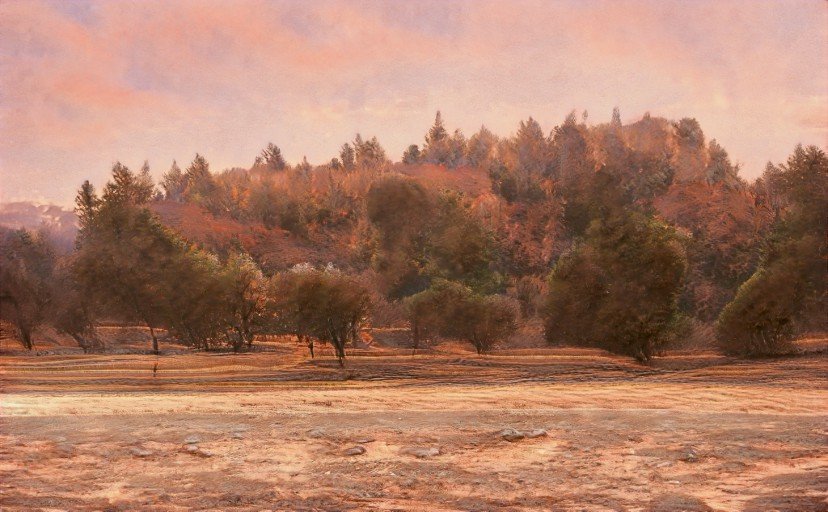
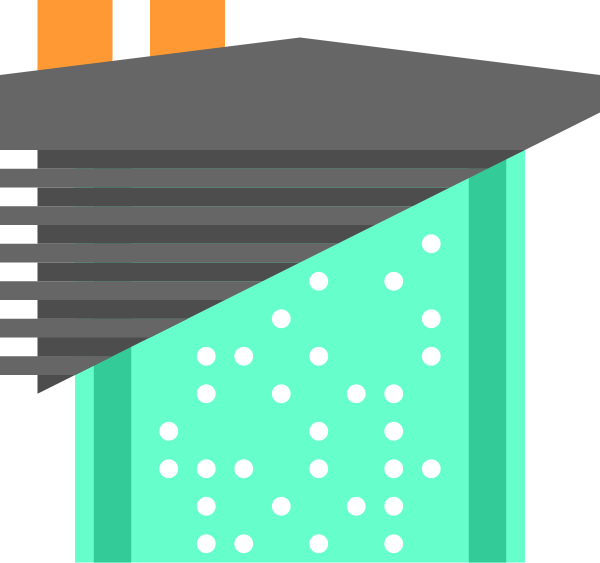
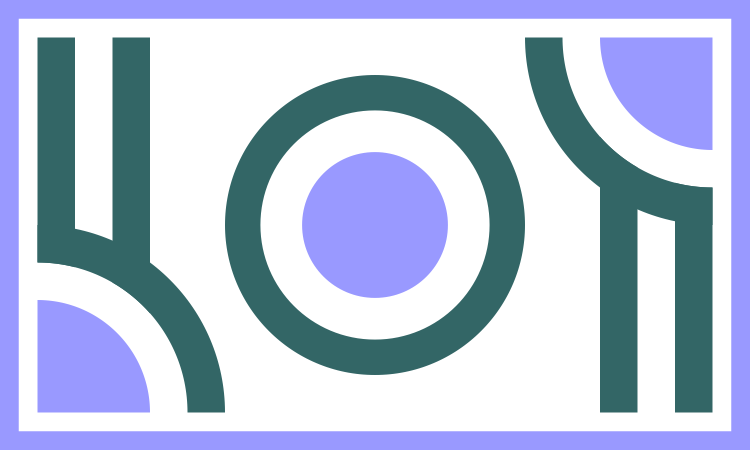
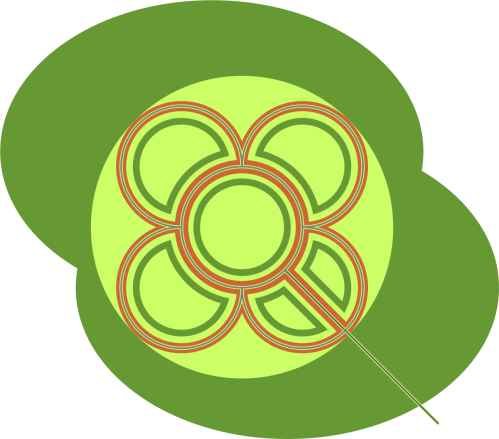



Comments